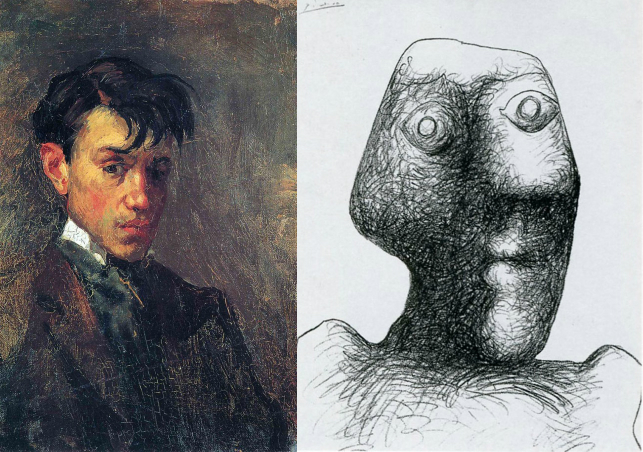|
Isaac Newton Creates a List of His 57 Sins (Circa 1662), How Rasputin Inspired the “Fictitious Persons” Disclaimer Commonly Seen in Movies ͏ ͏ ͏ ͏ ͏ ͏ ͏ ͏ ͏ ͏ ͏ ͏ ͏ ͏ ͏ ͏ ͏ ͏ ͏ ͏ ͏ ͏ ͏ ͏ ͏ ͏ ͏ ͏ ͏ ͏ ͏ ͏ ͏ ͏ ͏ ͏ ͏ ͏ ͏ ͏ ͏ ͏ ͏ ͏ ͏ ͏ ͏ ͏ ͏ ͏ ͏ ͏ ͏ ͏ ͏ ͏ ͏ ͏
|
| |

|
If you happen to visit the Cinémathèque Française in Paris, do take the time to see the Musée Méliès located inside it. Dedicated to la Magie du cinéma, it contains artifacts from throughout the history of film-as-spectacle, which includes such pictures as 2001: A Space Odyssey and Blade Runner. Its focus on the evolution of visual…
|
|
|
|
| |

|
Sir Isaac Newton, arguably the most important and influential scientist in history, discovered the laws of motion and the universal force of gravity. For the first time ever, the rules of the universe could be described with the supremely rational language of mathematics. Newton’s elegant equations proved to be one of the…
|
|
|
|
| |

|
“This is a work of fiction,” declares the disclaimer we’ve all noticed during the end credits of movies. “Any similarity to actual persons, living or dead, or actual events, is purely coincidental.” In most cases, this may seem so trivial that it hardly merits a mention, but the very same disclaimer also rolls up after…
|
|
|
|
| |

|
15 years old (1896)
It’s possible to look at Pablo Picasso’s many formal experiments and periodic shifts of style as a kind of self-portraiture, an exercise in shifting consciousness and trying on of new aesthetic identities. The Spanish modernist made a career of sweeping dramatic gestures, announcements to the world that he…
|
|
|
|
| |

|
In an age when many of us could hardly make our way to an unfamiliar grocery store without relying on a GPS navigation system, we might well wonder how the Romans could establish and sustain their mighty empire without so much as a proper map. That’s the question addressed by the Historia Militum video…
|
|
|
|